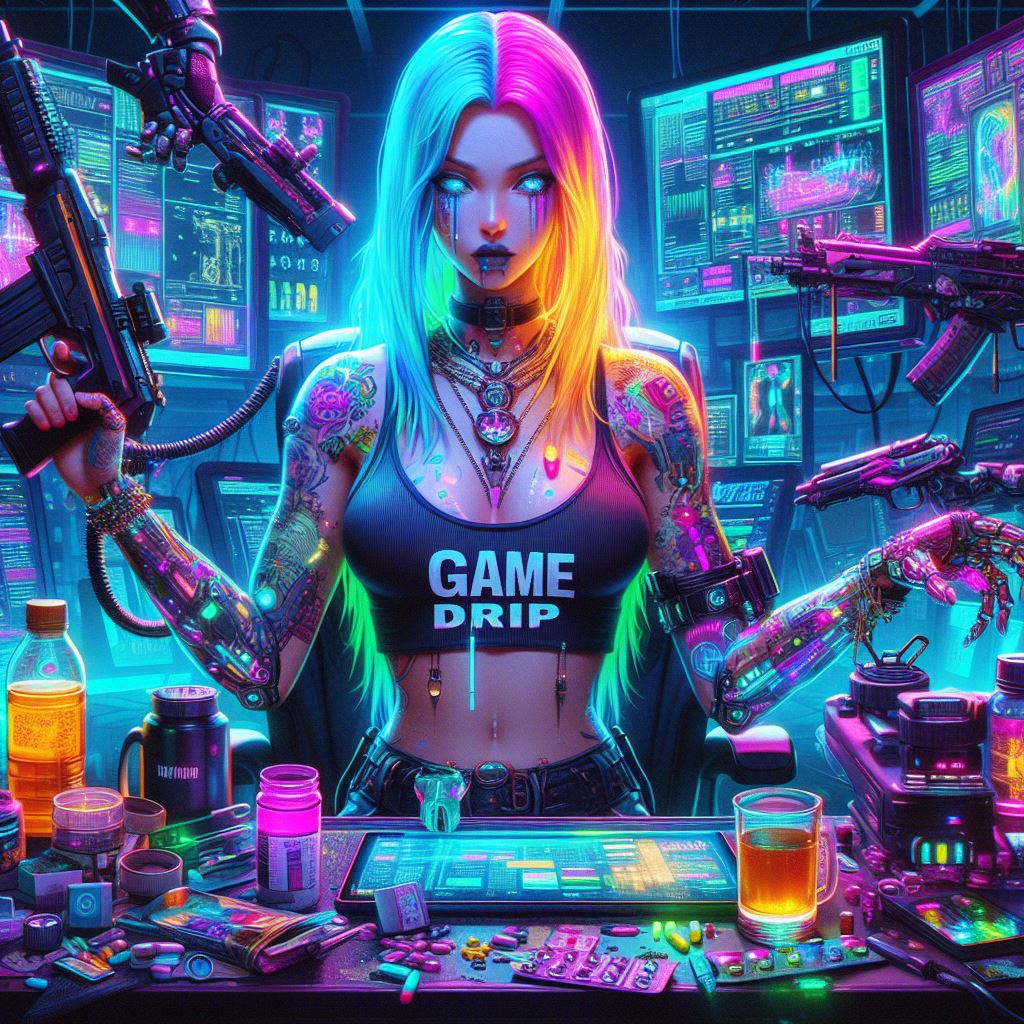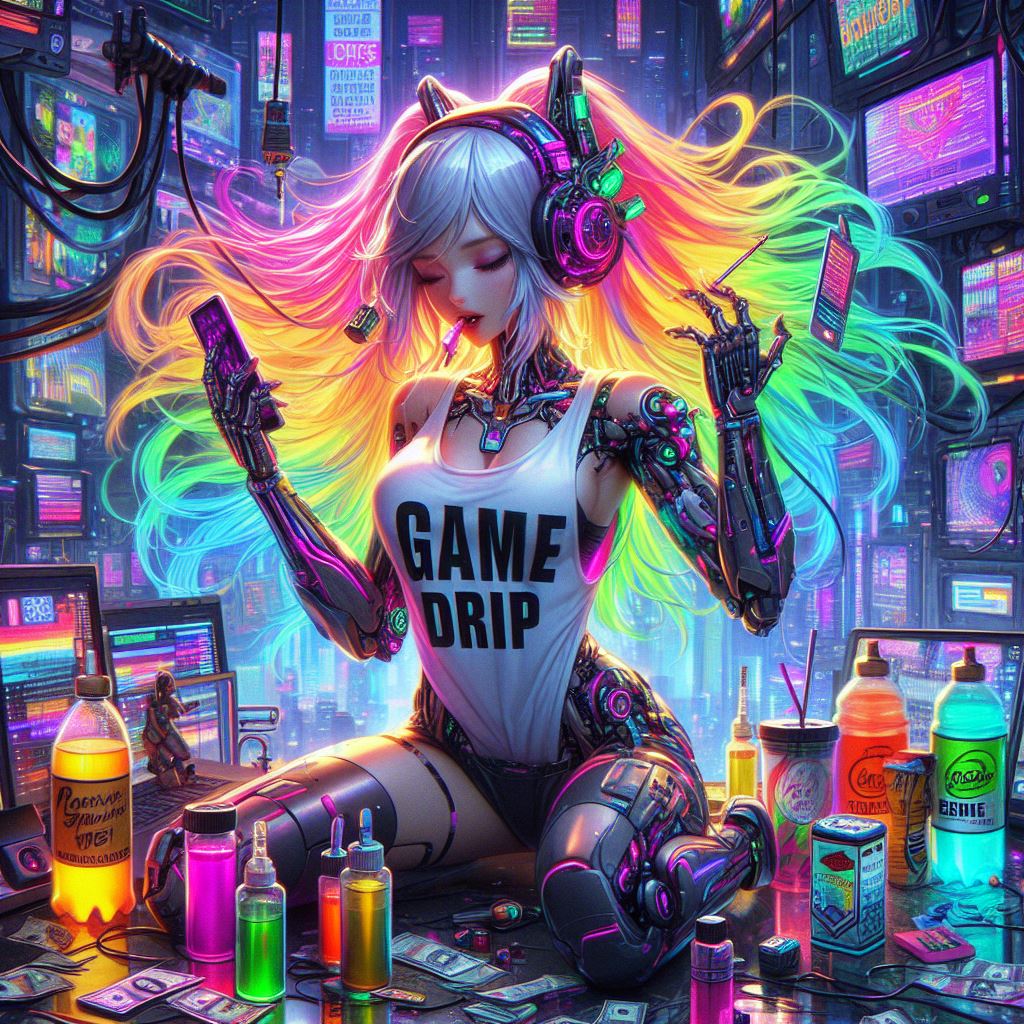As featured on Minecraft Servers Listing
#Dark #Sword #1.12.2 #RPG #Minecraft #server
❖≈≈≈≈≈≈≈≈≈≈≈≈≈≈≈≈≈≈≈≈≈≈≈≈≈ ◁ Dark Sword ▷ ≈≈≈≈≈≈≈≈≈≈≈≈≈≈≈≈≈≈≈≈≈

➤ Dark Sword is a real RPG server. It has existed for more than 3 years, and is fighting with all its might for fair play, without dupes, cheats and other popular things nowadays.
➤ We are not chasing fashion, but we are trying to make the server, as original as possible, not like the rest.
❖≈≈≈≈≈≈≈≈≈≈≈≈≈≈≈≈≈ ≈ ≈ Bosses ≈ ≈≈≈≈≈≈≈≈≈≈≈≈≈≈≈≈≈≈≈≈≈
➤ At the moment, there are more than 40 bosses of varying difficulty on the server, from the weakest to the terribly strong. They are divided into leveled and regular bosses.
❖≈≈≈≈≈≈≈≈≈≈≈≈≈≈≈≈≈ ≈ Locations ≈ ≈≈≈≈≈≈≈≈≈≈≈≈≈≈≈≈≈≈≈≈≈≈

➤ We have many locations with enemy mobs where you can farm armor, experience and money.
❖≈≈≈≈≈≈≈≈≈≈≈≈≈≈ ≈ ≈ Its own level system ▷ ≈≈≈≈≈≈≈≈≈≈≈≈≈≈≈≈≈
➤ Our own system of levels and locks, written specifically for our server. 10 levels, with the possibility of pumping.
➤ In the beginning, only initial items are available to you, and you cannot use items of a higher level than yours.
➤ Leveling up will unlock this ability.

❖≈≈≈≈≈≈≈≈≈≈≈≈≈≈≈≈≈≈ ~ Good start ▷ ≈≈≈≈≈≈≈≈≈≈≈≈≈≈≈≈≈≈≈≈≈
➤ Level 1 and 2 players have a non-dropout of things, which allows you to get more familiar with the server without fear of losing things.
❖≈≈≈≈≈≈≈≈≈≈≈≈≈≈≈≈≈≈ ~ Ranks ▷ ≈≈≈≈≈≈≈≈≈≈≈≈≈≈≈≈≈≈≈≈≈≈≈≈≈≈≈≈≈≈
➤ For killing leveled bosses, you unlock your ranks, it is also a prefix in front of your nickname, which you can set at any time using the convenient menu using the / rank command.
❖≈≈≈≈≈≈≈≈≈≈≈≈≈≈≈≈≈≈≈≈≈≈≈≈ ≈ Special awards ≈ ≈≈≈≈≈≈≈≈≈≈≈≈≈≈≈≈≈≈≈≈≈
➤ For killing bosses whose level is a multiple of 10, you get special rewards, for example, killing a level 10 boss, gives you the ability to / fly in the normal world.
❖≈≈≈≈≈≈≈≈≈≈≈≈≈≈≈≈≈ ≈ Guilds ▷ ≈≈≈≈≈≈≈≈≈≈≈≈≈≈≈≈≈≈≈≈≈
➤ On the server there is one of the best paid plugins for team play – Guilds. He adds guilds, allows you to pump their level, and unlock new opportunities, such as damage multiplier, experience and whales. Create alliances and wars between guilds, conduct battles in the arena.
❖≈≈≈≈≈≈≈≈≈≈≈≈≈≈≈≈≈≈≈≈≈≈≈≈≈ Guild War ▷ ≈≈≈≈≈≈≈≈≈≈≈≈≈≈≈≈≈≈≈≈≈
➤ At the end of each month, we select the top 3 guilds, which have the highest level, and give the masters (heads) good rewards in the form of game currency, crystals and unique equipment, after which they distribute it among their guilds.
❖≈≈≈≈≈≈≈≈≈≈≈≈≈≈≈≈≈ Quests ▷ ≈≈≈≈≈≈≈≈≈≈≈≈≈≈≈≈≈≈≈≈≈
➤ Quests (tasks) – one of the elements of the RPG genre, our story is led by a unique story that we write ourselves.
❖≈≈≈≈≈≈≈≈≈≈≈≈≈≈≈≈≈≈≈≈≈≈≈≈≈≈≈≈≈≈≈≈≈≈≈≈≈≈≈≈≈≈≈≈≈≈≈≈≈≈≈≈≈≈≈≈≈≈≈
➤ There are several types of spells (skills) on the server, which are quite problematic to obtain. For example – a jump spell, pushes the player in the direction he is looking. This gives advantages both in pursuit of someone and in flight from someone.
❖≈≈≈≈≈≈≈≈≈≈≈≈≈≈≈≈≈≈≈≈≈≈≈≈≈ ◁ McMMO ▷ ≈≈≈≈≈≈≈≈≈≈≈≈≈≈≈≈≈≈≈≈≈
➤ Many well-known RPG plugin McMMO, almost unchanged. A huge number of passive skills that will help both in normal survival and in the battle with the boss. A more detailed description can be found on the plugin wiki.
❖≈≈≈≈≈≈≈≈≈≈≈≈≈≈ ≈ Constant development ▷ ≈≈≈≈≈≈≈≈≈≈≈≈≈≈≈≈
➤ Our server does not stand still. To keep the players from getting bored, we are constantly adding new bosses, locations, and other updates. We are reworking the balance and trying to increase the convenience of the game for everyone, both donators and ordinary players.
❖≈≈≈≈≈≈≈≈≈≈≈≈≈≈≈≈≈ Donat ▷ ≈≈≈≈≈≈≈≈≈≈≈≈≈≈≈≈≈≈≈≈≈≈
➤ There are temporary donation services on the server. But in reality, they just make the game easier without giving donators much superiority over the players.
❖≈≈≈≈≈≈≈≈≈≈≈≈≈≈≈≈≈ ≈ ≈ GameMode ▷ ≈≈≈≈≈≈≈≈≈≈≈≈≈≈≈≈≈≈≈≈≈
➤ No / gm 1 for players! We don’t sell this at all. Only developers who are constantly improving the server have such capabilities.
➤ No consoles and boxes for players! Here you will not be banned by some kind of donator, simply because he so wanted!
❖≈≈≈≈≈≈≈≈≈≈≈≈≈≈≈≈≈ ≈ Helpers ▷ ≈≈≈≈≈≈≈≈≈≈≈≈≈≈≈≈≈≈≈≈≈
➤ Helpers are our staff who are on duty at the server during the day. They will always answer newbie questions and punish violators. We are very strict with cheaters, they have no place on our server. Helpers check players for cheats and issue appropriate penalties. We also have strict chat rules that do not allow swearing or insulting someone. In such cases, you get a mut.





















